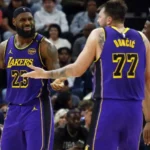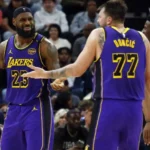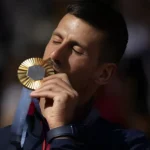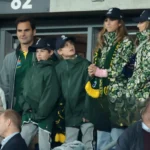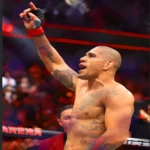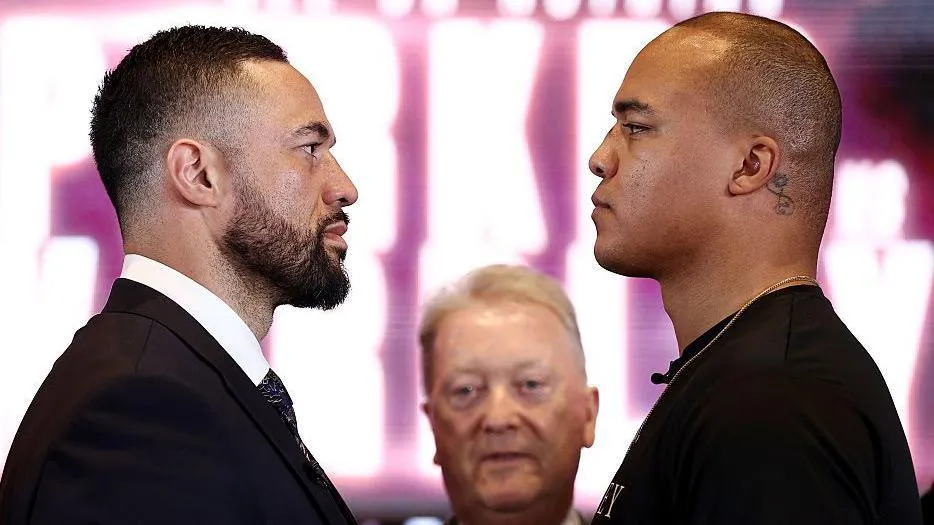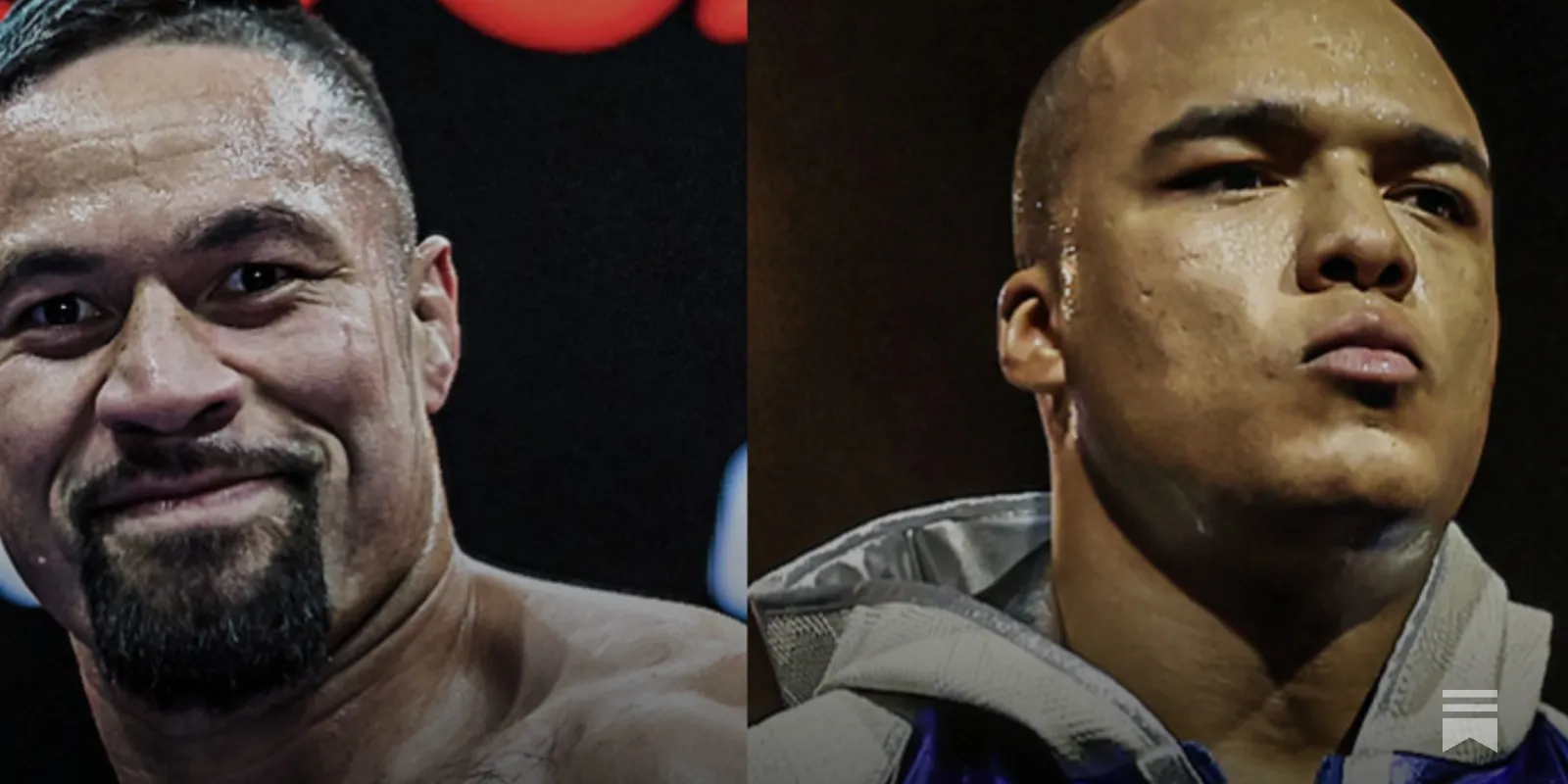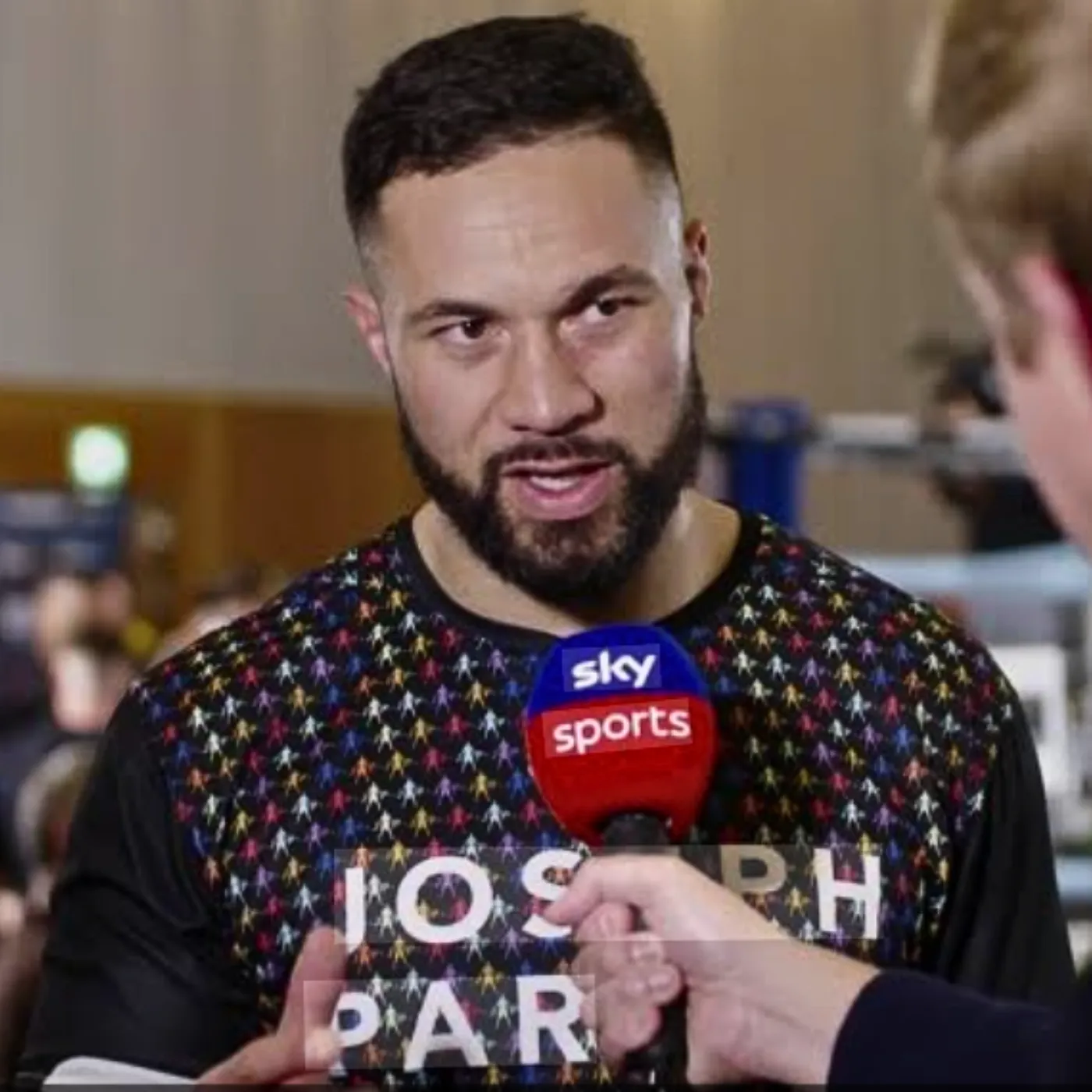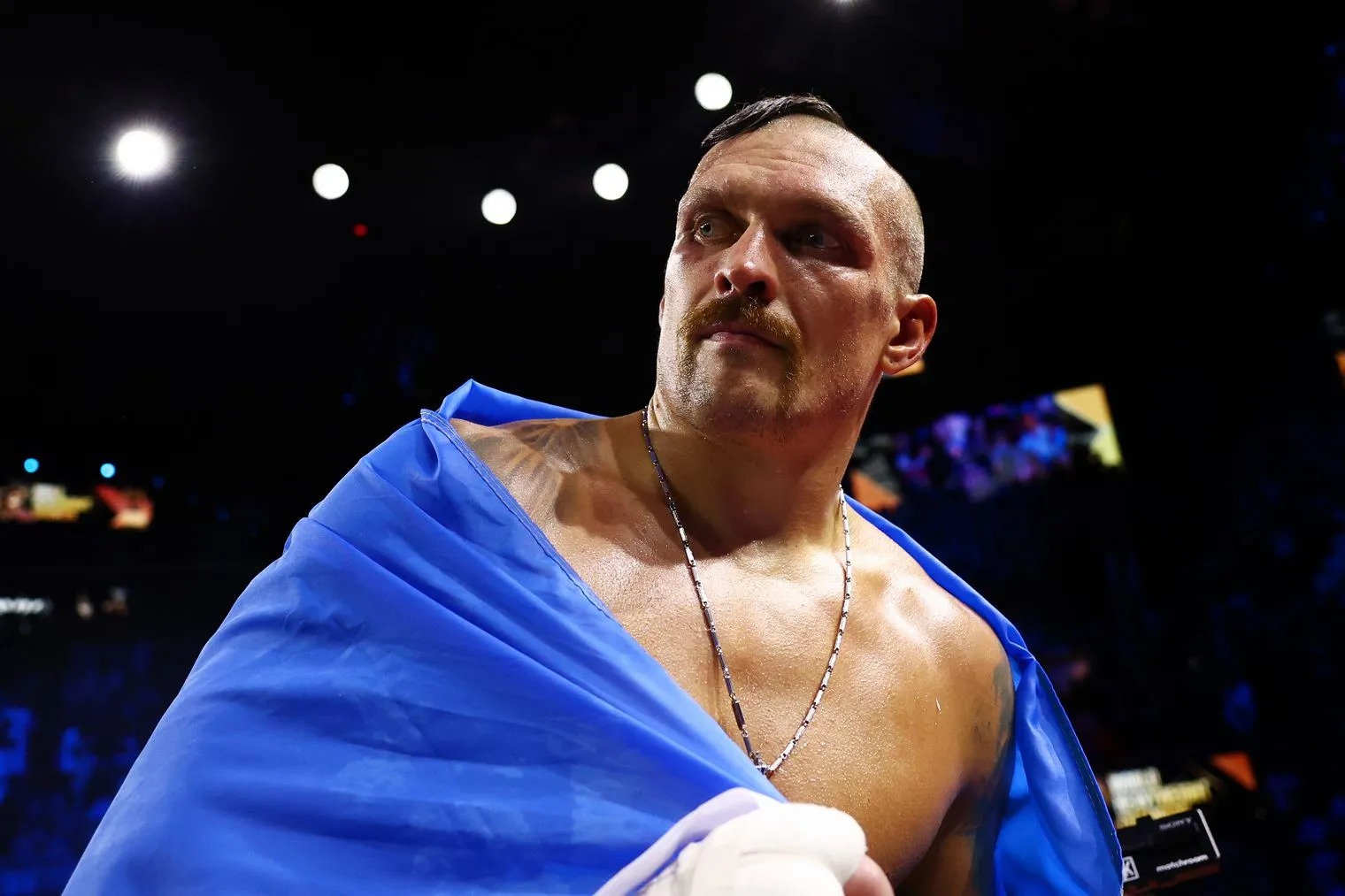
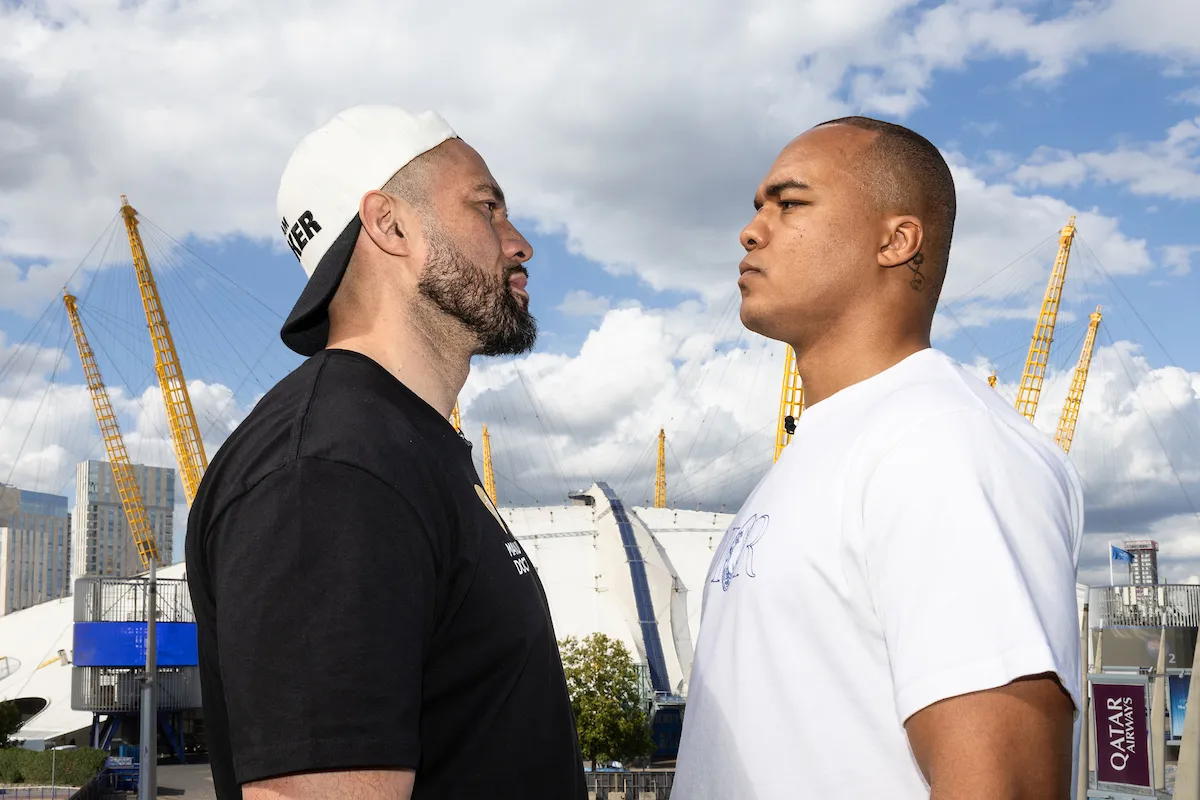
Parker-Wardley, Tom Gerbasi, and why nice should have no price
The Bigger Picture: When Elevation Creates Burdens
The problem with the 2021 film Coda was not that it was predictable, cloying, and generic. The real issue was that the film won the Oscar for Best Picture. Once it received that recognition, it was no longer judged as a heartfelt but lightweight drama. Instead, critics compared it to masterpieces like The Power of the Dog and Drive My Car. Suddenly, flaws that might have been overlooked in a modest context were amplified. Coda was placed on a pedestal it was never built to occupy.
A similar phenomenon is happening in boxing today. The highly anticipated Joseph Parker vs. Fabio Wardley fight, scheduled for October 25, has gone from exciting contender bout to controversial pay-per-view event. What was once praised for its competitiveness and mutual respect between fighters has now been weighed down by the burden of a £25 ($34) price tag.
Parker vs. Wardley: A Fight That Could Sell Itself
For boxing fans, Parker vs. Wardley promised fireworks. Both fighters bring engaging styles, strong conditioning, and respectable records. Even more importantly, both men have conducted themselves with class in the build-up. Unlike many fights that rely on table-flipping antics or manufactured trash talk, Parker and Wardley have kept it professional.
Wardley himself addressed this dynamic:
“This fight sells itself. You look at our styles, you look at how we approach fights, and you just know that when we get in the ring together neither of us will be too keen on taking a back step. It’s going to be fireworks.”
The fight had all the makings of a fan favorite event—high action, mutual respect, and real stakes in the heavyweight division. But instead of maximizing viewership and enthusiasm, placing the bout behind a paywall has limited its potential reach.
The Changing Landscape of Pay-Per-View Boxing
Once upon a time, pay-per-view (PPV) boxing was reserved for the biggest events in the sport. Iconic matchups like Mike Tyson vs. Evander Holyfield, Lennox Lewis vs. Mike Tyson, or more recently, Floyd Mayweather vs. Manny Pacquiao, felt worth the price tag. Fans paid because they knew they were witnessing history.
Today, however, the definition of a PPV-worthy fight has shifted. Instead of truly elite contests, almost any bout with two recognizable names seems to land on PPV. As a result, fans are asked to pay premium prices more frequently, often for fights that would have been free-to-air a decade ago.
The Parker vs. Wardley pay-per-view model highlights this trend. Both fighters are respected, but they are not yet superstars. Their fight is important for the heavyweight rankings, but it is not a unification clash or a generational rivalry. Charging extra for such a fight risks alienating fans who want to support the sport but feel financially squeezed.
The Comparison: Parker vs. Wardley vs. Eubank Jr vs. Benn
The difference in scale becomes even clearer when comparing Parker vs. Wardley with Chris Eubank Jr vs. Conor Benn II, another upcoming PPV event.
Eubank Jr and Benn bring generational rivalry, family legacies, and years of simmering narrative. Their press conferences are filled with drama, confrontation, and viral soundbites. In contrast, Parker and Wardley are polite, respectful, and intent on letting their fists do the talking.
Unfortunately, in today’s boxing marketplace, controversy often sells more than class. This creates an unfair imbalance where the fighters who play into theatrics are rewarded, while those who remain dignified risk being overlooked.
The Cost of “Nice” in Modern Boxing
Boxing has long been called a sport of brutality, but the truth is that many of its greatest ambassadors have been humble, generous, and kind. Joseph Parker and Fabio Wardley fit into this tradition. They are respectful, hardworking, and committed to their craft.
Yet, being “too nice” can be a disadvantage in professional boxing. Without theatrics, promoters often believe they cannot capture mass-market attention. Fans who might otherwise support such fighters are now deterred by additional costs. The fight becomes “hidden in plain sight”—a battle that hardcore boxing fans know about, but casual viewers might completely miss.
This is the danger of over-commercialization. In trying to squeeze extra revenue from respectable fighters, the sport risks sidelining exactly the kind of personalities who can restore public faith in boxing.
Remembering Tom Gerbasi: A Different Kind of Boxing Ambassador
The conversation about being “too nice” for boxing naturally leads to remembering Tom Gerbasi, a beloved journalist who passed away at 57. Gerbasi was not just a writer—he was a mentor, a friend, and an inspiration to many in the combat sports community.
Unlike the loud voices who dominate today’s media, Gerbasi never needed controversy to be heard. His work was heartfelt, insightful, and full of humanity. He was living proof that kindness could coexist with professionalism, even in the often harsh world of combat sports.
Gerbasi’s writing resonated with readers and fighters alike because it carried warmth. He could cover brutal fights but still make the sport feel human. Many who worked with him remember his encouragement, humility, and ability to make others feel valued.
In many ways, his approach mirrors what Parker and Wardley represent. They too bring respect and integrity into a sport that often rewards chaos. Just as Gerbasi proved that kindness has a place in journalism, Parker and Wardley are proving that decency can exist in the ring.
Why Nice Should Have No Price
Boxing is at a crossroads. The sport can continue chasing quick paydays by putting every remotely interesting fight behind a pay-per-view wall, or it can rethink its approach. Fans want authenticity. They want fighters who respect the sport, battles that matter, and the chance to watch without feeling constantly exploited.
Joseph Parker and Fabio Wardley are exactly the type of fighters who could win back trust. Their professionalism should be celebrated, not penalized. Their fight deserves a broad audience, not a restricted one.
Similarly, the legacy of Tom Gerbasi reminds us that passion and kindness elevate the sport. His passing is a reminder that boxing needs more ambassadors of his caliber—not fewer.
Conclusion: Beyond October 25
When Parker vs. Wardley takes place on October 25, it will still deliver excitement. Fans who watch will likely see a spirited heavyweight clash between two skilled, disciplined fighters. But the broader concern remains: how many will actually tune in?
By overpricing respectable contests, boxing risks creating invisibility for the very fighters who could sustain the sport’s long-term health. If “nice” has a price, then boxing is selling itself short.
The best tribute to both Parker and Wardley—and to the late Tom Gerbasi—would be for boxing to once again embrace authenticity. The sport doesn’t need more theatrics. It needs more humanity. It needs to remind fans why they fell in love with boxing in the first place.

